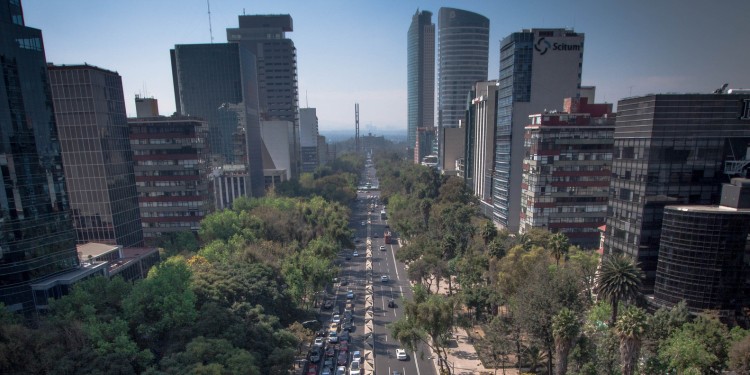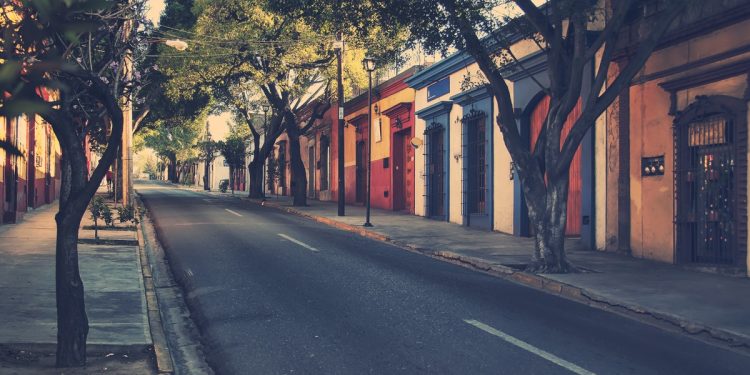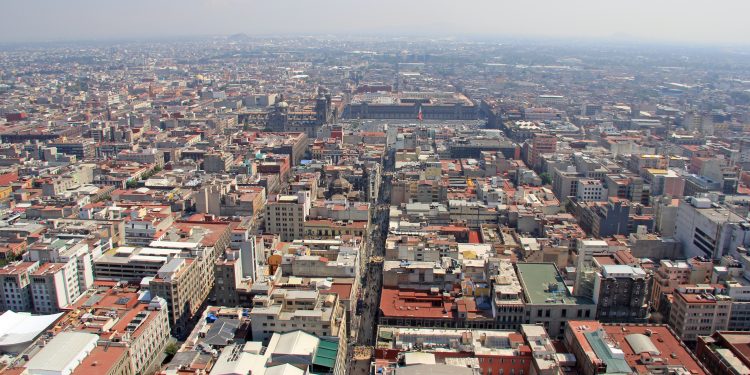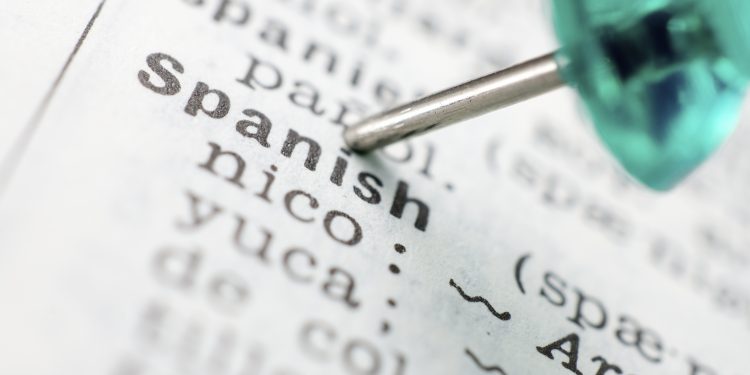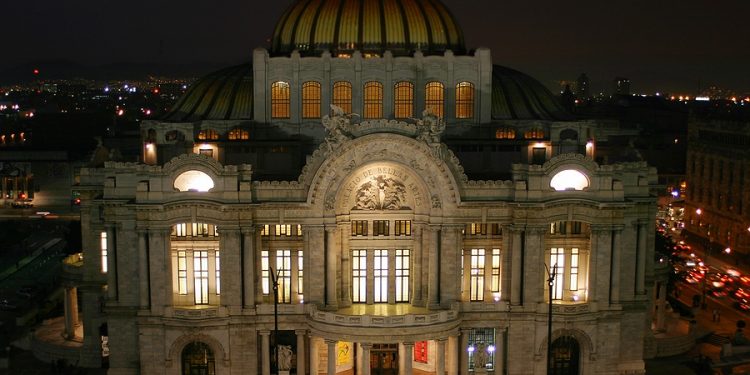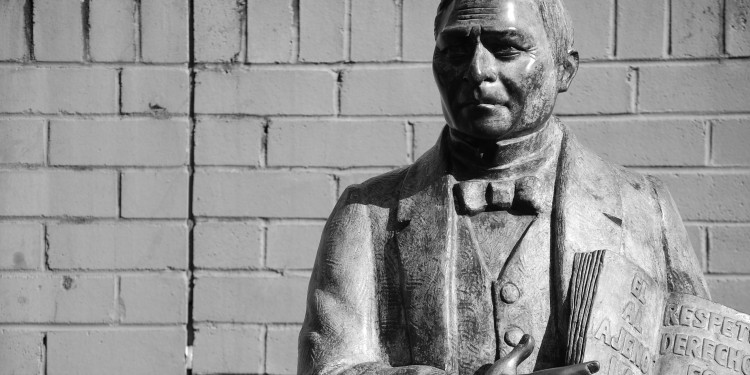One of Mexico City’s principal thoroughfares is Paseo de la Reforma.
Known locally as simply Reforma, the thoroughfare takes you from the downtown area all the way to the famous Chapultepec Park, running through one of the capital city’s main financial and business districts, and one of main tourist zones.
The original avenue was built by the Emperor Maximilian as a route from his residence at Chapultepec Castle to the National Palace in the city center, where the affairs of government were conducted. Its original name was Paseo de la Emperatriz, in honor of Carlota who, it would appear, made a good deal of the decisions at the castle.
Following the defeat of Maximiliano, the name of the avenue was changed to Reforma, in honor of the reforms carried out under President Benito Juárez.
Some of its more famous landmarks, particularly the Angel of the Independence, were built during the long dictatorial rule of Porfirio Diaz. The Angel was built in the first decade of the 20th century and inaugurated in 1910 to commemorate the 100th anniversary of the war for independence. Others include the monument to Cuauhtémoc—the last Aztec emperor—and one to Christopher Columbus.
Reforma has benefited over the decades from periods of renovation, or beautification, usually at the behest of the president of the country, or the city mayor, with additions such as the Diana fountain in the mid-1900s. Reforma is also now home to modern skyscrapers—hotels and high-rise office blocks—bustling with business activity and frequently, bumper-to-bumper traffic. Across from the Chapultepec Castle is the Torre Mayor, Latin America’s tallest building.
It remains, however, a place for “paseos.” Aside from the historic monuments, moving up past the castle are the museums of anthropology and modern art, and of course the Chapultepec zoo, which was the first in the world outside China to breed giant pandas in captivity. At weekends it remains a place for leisure, with stretches of the road closed to traffic on Sundays so that cyclists, or mini-marathon runners, can use it.
The latest of the monuments is the Estela de Luz (Pilar of Light), built to mark the 200th anniversary of the Independence and 100th anniversary of the 1910-1917 Revolution. The monument has been the cause of some controversy: about the design, the cost, and the fact that it wasn’t ready in time for those bicentennial-centennial celebrations in 2010. The monument lies across Reforma from the Torre Mayor. Visitors should probably make up their own minds about its merits or faults next time they go for a paseo down Reforma.
Image of Paseo de la Reforma taken from the top of the Angel of Independence by Mundial Photo
Mexico in your inbox
Our free newsletter about Mexico brings you a monthly round-up of recently published stories and opportunities, as well as gems from our archives.

